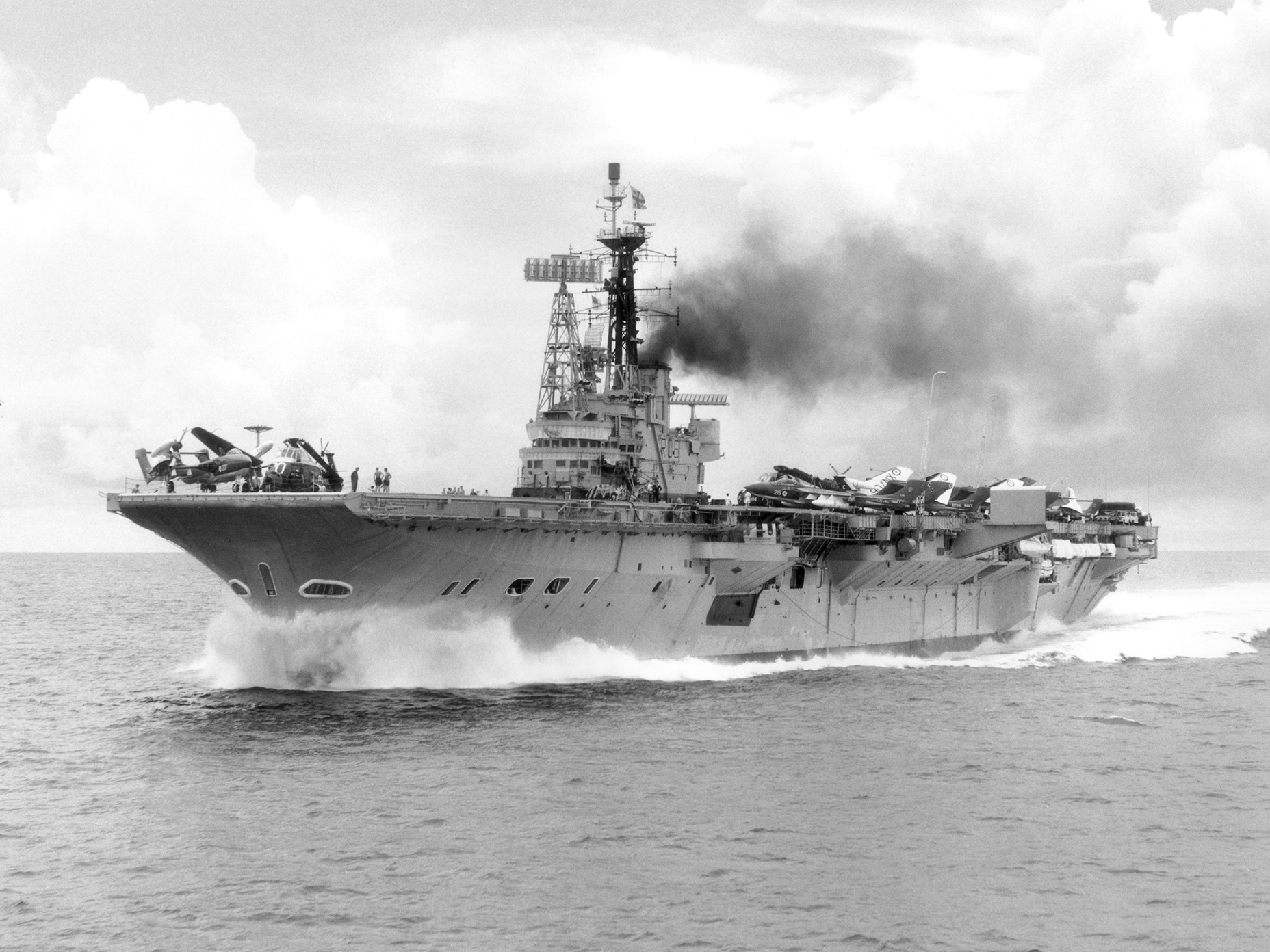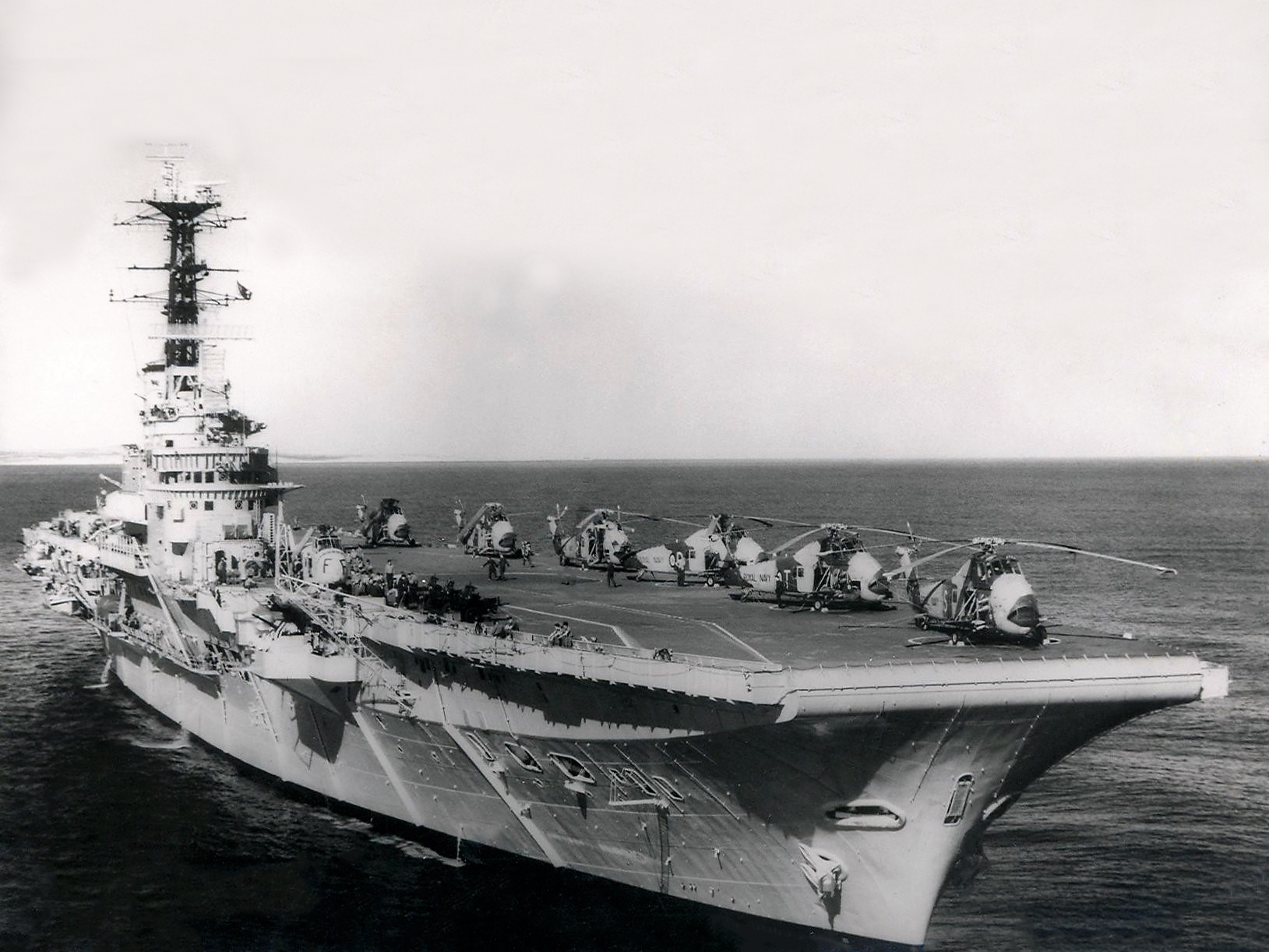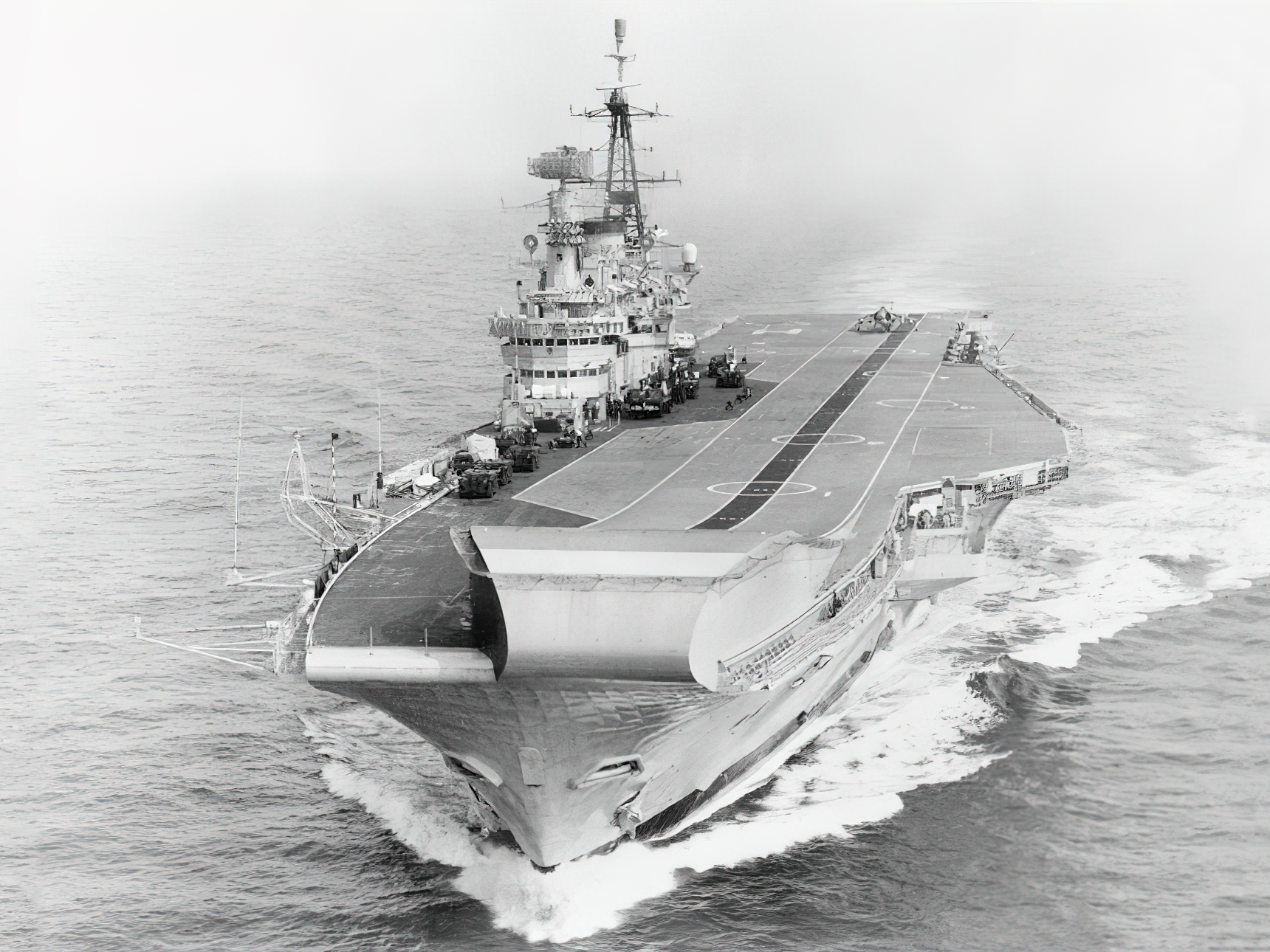Royal Navy Centaur Class Aircraft Carriers: A Comprehensive Guide
Introduction
The Centaur class was the final evolution of the Royal Navy’s light fleet carriers, designed during the Second World War to address emerging air threats and operational needs. Although eight ships were initially planned, only four were completed: HMS Centaur, HMS Albion, HMS Bulwark, and HMS Hermes. These vessels became a crucial bridge between wartime designs and the modern carriers that followed, with Hermes even seeing distinguished service in two naval forces.
Origins and Design Development
Conceived in 1943 as an improvement on the earlier Majestic and Colossus designs, the Centaur class was intended to handle heavier and faster aircraft of the future. At roughly 740 feet in length and displacing about 28,000 tons full load, these carriers were larger and more powerful than their predecessors
Although initially built with straight axial flight decks, post‑war developments pushed for more advanced features. This led to modernisations including angled flight decks and steam catapults, enabling safe jet aircraft operations
Planned Ships of the Class
A total of eight ships were authorised, but four were cancelled due to shifting post-war priorities. The completed vessels were:
The cancelled ships included Monmouth, Polyphemus, Arrogant, and a second Hermes
HMS Centaur (R06)
HMS Centaur was the first of the class to be completed. Laid down in 1944 and finally commissioned in 1953, she initially entered service with a straight flight deck. She later became the first Royal Navy carrier to receive an angled flight deck, which greatly improved aircraft operations.
Her early air groups included the Sea Hawk and the Sea Venom, later followed by the Scimitar and Sea Vixen. Although she served capably during the 1950s, her career was relatively short. By the mid-1960s she was considered obsolete compared to newer carriers, and she was withdrawn from service and scrapped shortly afterwards.
HMS Albion (R07)
HMS Albion was completed and commissioned in 1954. She served extensively in the Mediterranean and Far East, often acting as flagship for task groups. Like her sisters, she operated a range of early jet aircraft and adapted to the changing face of naval aviation.
During her career, Albion was also deployed in support of amphibious operations and humanitarian missions. Eventually she was placed in reserve in the early 1970s and scrapped in 1973.
HMS Bulwark (R08)
HMS Bulwark, commissioned in 1954, enjoyed one of the more varied careers of the class. After beginning life as a conventional carrier, she was converted into a commando carrier in 1960, embarking Royal Marines and helicopters instead of traditional fast jets.
She played a role in the 1956 Suez Crisis, flying combat sorties and supporting operations ashore. Later, as a commando carrier, she provided amphibious support during exercises and deployments worldwide. She remained in service until the late 1970s, was decommissioned in 1981 and scrapped in 1984.
HMS Hermes (R12)
HMS Hermes was the most advanced and heavily modified member of the class. Originally laid down as HMS Elephant, she was renamed and commissioned in 1959 after extensive redesign. She was fitted with an angled flight deck, steam catapults, deck-edge lifts and modern radar systems, making her the most capable of the Centaur class.
Hermes operated modern aircraft such as the Sea Vixen and Buccaneer during the 1960s and was later adapted to operate V/STOL aircraft. She became famous as the flagship of the Royal Navy during the Falklands War in 1982, where she embarked Sea Harrier fighters and Sea King helicopters.
After the conflict, Hermes remained in service until 1984, before being sold to the Indian Navy in 1986. Renamed INS Viraat, she served for three decades more, finally being decommissioned in 2017.
Technical Features
The Centaur class incorporated significant technical improvements over earlier designs:
Displacement: About 22,000 tons standard, up to nearly 28,700 tons at full load.
Length: Approximately 737 to 740 feet.
Propulsion: Steam turbines driving two shafts, giving speeds of around 28 knots.
Flight Decks: Initially straight, later upgraded to angled decks for safer jet operations.
Aircraft Facilities: Two lifts, hangars with greater height clearance, and steam catapults on the modernised ships.
Aircraft Capacity: Typically 35 to 40 aircraft depending on configuration.
These features made the Centaurs the first Royal Navy carriers truly capable of operating jet aircraft in regular service.
Operational Service and Legacy
The Centaur class had careers that spanned the transition from piston-engined aircraft to jets and from conventional carriers to helicopter and V/STOL operations. Centaur herself had a shorter life, but Albion and Bulwark showed adaptability, while Hermes became one of the most versatile and long-serving carriers in naval history.
The class demonstrated the Royal Navy’s ability to modernise designs over time, extending their usefulness far beyond original expectations. Hermes, in particular, stood as a symbol of this adaptability, serving not only in the Falklands but also for decades in another navy.
The Centaur class carriers were phased out as Britain’s carrier strategy shifted, but their impact on carrier development was significant. They bridged the gap between wartime carriers and the larger, more modern carriers of later generations.
Conclusion
The Centaur class aircraft carriers were designed in wartime but served in peace, adapting to a rapidly changing era of naval aviation. They highlighted the Royal Navy’s ingenuity in updating ships to meet new challenges, from the dawn of the jet age to amphibious operations and V/STOL warfare. The class may not have been large in number, but its service history was wide-ranging and influential. Hermes, in particular, left an enduring legacy that extended across two navies and nearly six decades of service.





